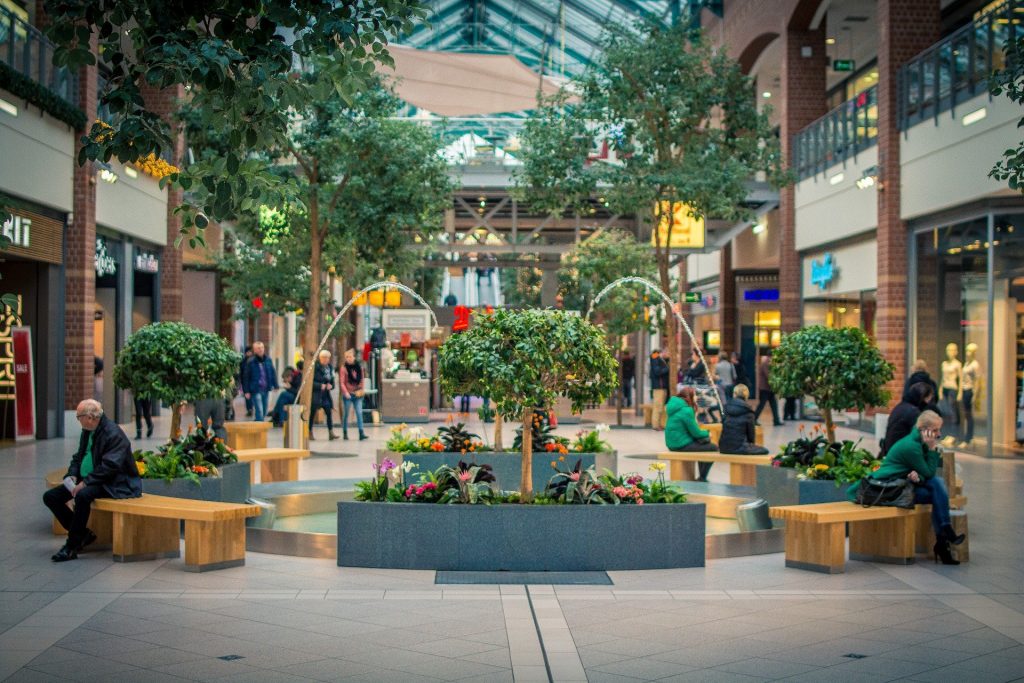Since both hospitality and retail outlets in the UK were scheduled to open in June and July, it was widely hoped that the economic damages faced due to the pandemic could be reduced. However, significant research as stated by the Local Data Company indicates that up to 29% of businesses hadn’t opened as of late July.

Even though a number of weeks had already passed, several businesses didn’t open. However, this number was said to be increasing to at least 54% in other neighbouring areas. These findings indicate that inner cities were still struggling even after the lockdown was somewhat over.
Most of London was still sitting this one out. Restaurant chains, shops and others in higher jobs experienced closure since a lot had already been lost. The Impact Monitor at the University Of Oxford also indicated that the footfall on higher streets was also set to struggle when normalcy returned.
Even the number of visitors within the inner city had also already been down since the beginning of August. However, the return of tourist helped a great deal with the footfall that most areas had already seen. With that said, many shops and businesses in different districts remained closed. Takeaways in Fleet.
Due to this, inner-cities were highly dependent on the tourism sector to get things up and running. Unlike other industries, the tourism industry was the hardest hit since most stayed at home. A study was conducted in areas such as Cornwall, and north-west London between the 10th and the 20th of July to determine how many businesses opened.
This was done to determine which sectors were most likely to struggle during the first wave of this tragic pandemic. The following are the areas that were visited:
Spinningfields, Manchester
The commercial area in Manchester’s Spinningfield area is better known as the home to HSBC bank the Barclays Bank, the Manchester crown court, and a number of restaurants that catered to office workers.
Sale, Greater Manchester
The commuter town of Sale experienced a significantly high open rate of 88% as of July 20th. With such a whopping number, surveyors wondered who out of the large stay at home population would venture to local shops and bolster the economy.
Ealing, London
If you didn’t already know, London has also been suffering from the same desertion when compared to Manchester. Hence, there has been significant evidence that the opening rates in London were a lot slower. Most local communities benefited heavily from those who chose to stay at home and frolic within them whenever they could.
As of July the 17th, the zone 2 areas of Ealing opened up to at least 88%. This was highly favoured when compared to Earl’s Court where only 59% had opened.
St Ives, Cornwall
The Impact Monitor indicated that St Ives experienced at least three times more visitors than they did at the beginning of March. However, this rate indicted that most were interested in enjoying a staycation since most of the shops didn’t fully open even after the restrictions were lifted.
Kendal, Cumbria
As further proof that communities would help with the bounce-back rate, the north-western market town had the strongest rates. According to Local data, at least 87% were open around July 17th.
According to the head of the Local Data Company, Lucy Stainton suggested there was a deep contrast in the areas where people lived compared to where they worked. In essence, this could very well be considered as a local uprising since most office workers are now hoping and even choosing to work from home instead of their job sites. With that said, it should be noted that these are some of the most important economic hubs and the next step of action is very critical.
